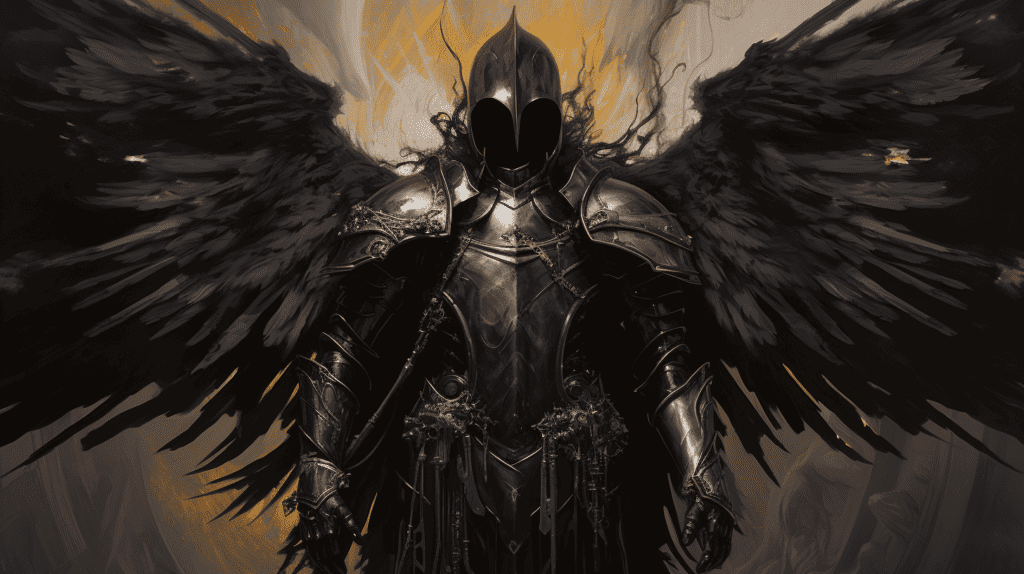Magic The Gathering is one of the most popular tabletop card games of all time, and it can be compared to games such as Hearthstone. Unlike Hearthstone, however, Magic has a lot of rules that you need to know in order to properly play the game.
One of those rules has to do with blocking. In Magic, you declare your attackers, which then leads to the defender being able to select creatures to block the attack. This naturally leads to the question: can you block an attack with multiple creatures?
Yes. In Magic: The Gathering, you can choose to block an attacking creature with more than one creature. This is a part of the basic rules in Magic, and you don’t need any particular cards in order to do it. If you block with more than one creature, the attacking player chooses the order in which the defending creatures block.
As you can see, it’s fairly simple. However, there are other rules and strategies involved in this concept. Let’s be detailed. Read more to find out everything you need to know about blocking in Magic: The Gathering.
Can You Block With With Multiple Creatures?

As I touched on before, you can block with multiple creatures in Magic: The Gathering. There’s no limit to how many creatures you can select as blockers. If you have a creature with flash, you can cast it after your opponent has declared his attackers and use it to block.
You can choose to block with every creature you have on the board if you want to. Remember, however, that the attacking player is the one who selects the order in which your creatures block, or if we want to rationalize this rule a bit, which creature he attacks first.
Arranging Blocking Order
Here’s a rule that confuses beginners sometimes. The attacking player gets to arrange the order in which the blocking creatures take damage.
The attacking player also gets to assign his available damage freely among the blocking creatures, but he has to assign lethal damage to the first creature that blocks in order to deal damage to the second creature, lethal damage to the second to deal damage to the third, and so on.
Let’s go through Player A is attacking with a 5/5 creature, and Player B has three creatures to use as blockers: Creature X (2/2), Creature Y (3/3), and Creature Z (1/1).
Player A is attacking with a 5/5 creature, and Player B has three creatures to use as blockers: Creature X (2/2), Creature Y (3/3), and Creature Z (1/1).
Player A must decide how to assign the 5 points of damage from their attacking creature to Player B’s blockers, without assigning any damage to Player B unless the attacking creature has trample.
Let’s assume the attacking creature doesn’t have trample. In this case, Player A can only assign damage to the blockers. Here’s a possible distribution of damage:
- 2 damage to Creature X (lethal damage, destroying it).
- 3 damage to Creature Y (lethal damage, destroying it).
Player A cannot assign damage to Creature Z or Player B unless they have a card or ability that allows them to do so, such as an instant or sorcery spell that deals damage directly or a creature with trample.
The key to assigning damage effectively is to consider the current game state, the creatures involved, and your long-term strategy. Intelligent damage assignment can be crucial in gaining a strategic advantage in Magic: The Gathering.”
Attacking and blocking are very strategic concepts in Magic as you can tell, which is part of the reason why the game has stood the test of time so well.
How Many Creatures Can One Creature Block?

While multiple creatures can block one attacker, it doesn’t work the other way around. A defending creature can not block more than one creature, which means that attackers can strategically set up attacking options if they have a numerical advantage.
This is one of the core principles of Magic, and it makes for very interesting ‘option selects’ when it comes to attacking and blocking.
There are exceptions to this rule, however. For example, the Hundred-Handed One can block up to a hundred creatures when defending.
Can Creatures With Summoning Sickness Block?
You might be aware of the fact that creatures with summoning sickness can’t attack. So, can they block when summoning sickness is active?
The answer to that question is a simple yes. Summoning sickness affects creatures’ abilities to 1. attack, and 2. use abilities that would tap them. That means that some creatures can use abilities right out of the gate, as long as it wouldn’t tap them.
Can Tapped Creatures Block?

So, we’ve covered the basics of defending attacks in MTG, as well as blocking while affected by summoning sickness. However, can tapped creatures block?
No. Tapped creatures can not block attackers in MTG. Creatures get when they attack, and stay tapped during the next turn. At the beginning of your next turn, you may untap the creatures, making them ready to either attack again or hold so you can block with them your opponent’s turn.
Players’ turns are segmented into different sections, and untapping is no exception to this rule:
- Beginning of Turn Step: Some effects and abilities trigger at the beginning of a player’s turn. These are resolved at this point.
- Untap Step: During this step, the active player (the player whose turn it is) untaps all of their tapped permanents, including creatures. Untapping means turning the cards 90 degrees back to their upright position.

